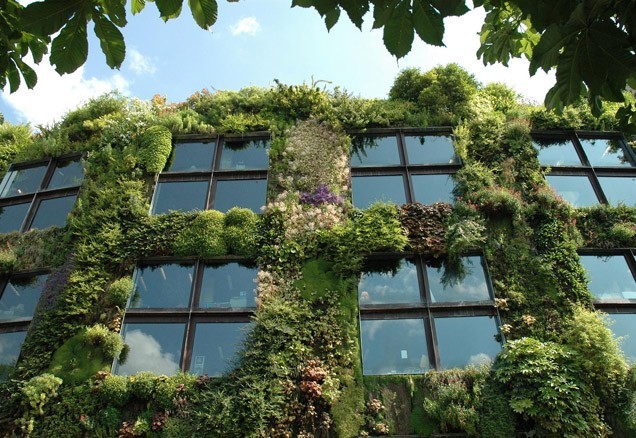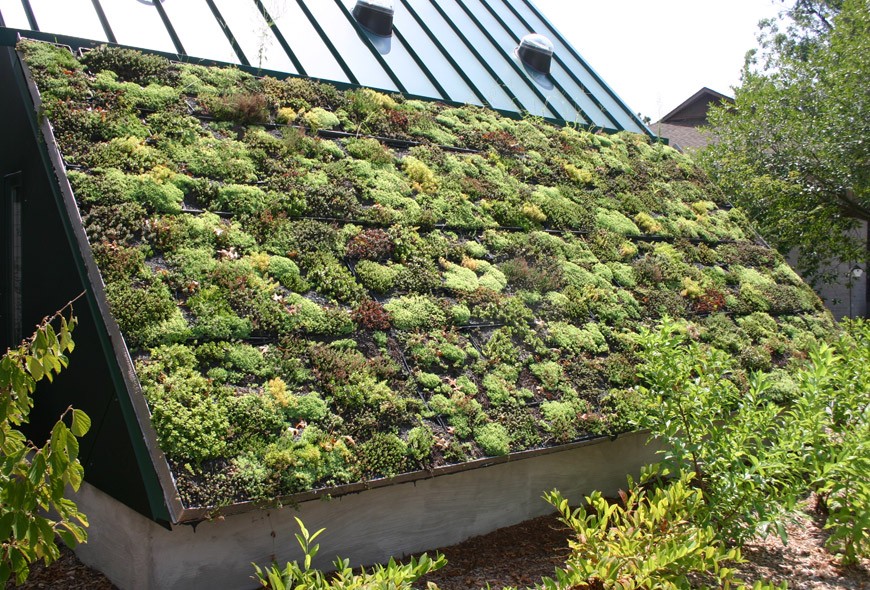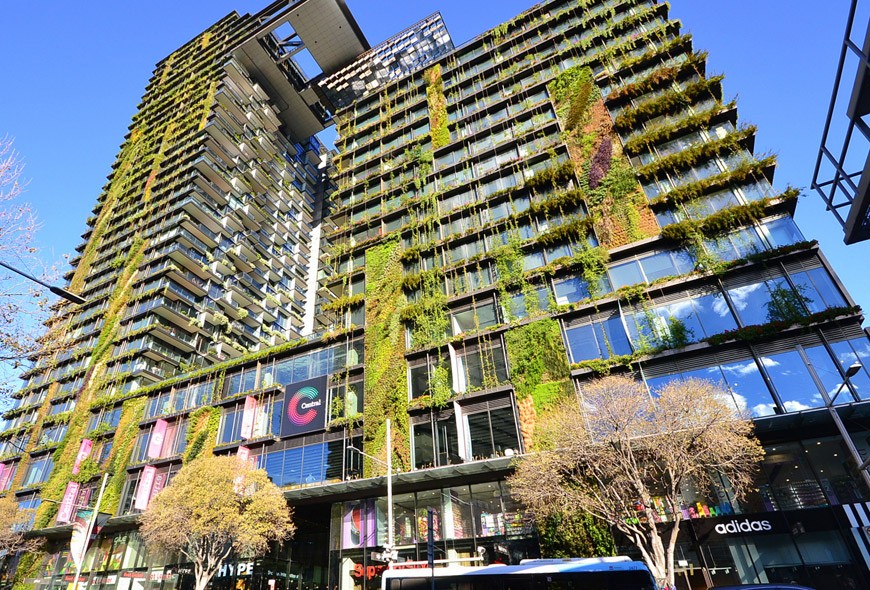Reforesting Cities with Green Space
As cities become increasingly developed to make way for our growing population, there’s one thing that we are sacrificing: green space. Roads, parking lots, buildings, homes and other urban developments are taking the place of forested areas, wildlife habitats, and agricultural lands. The resultant loss of green space means that the quality of environment is deteriorating.
Conditions such as loss of biodiversity, urban heat island effects, air pollution, eutrophication and toxic stormwater runoff, and a general reduction in quality of life are all results from urban development that occurred without ecological design considerations. We will continue to face this challenge in our cities at a compounding rate unless we begin implementing design solutions.
There are many ways to continue the necessary urban development without completely losing the green space it’s replacing. One of the most basic and natural design solutions is the integration of urban vegetation. Recovering green space through integrated vegetation is an ecological design practice that can reverse the negative impacts of urban development. By integrating vegetation into the design of what’s being constructed, we’re not only recovering green space that was lost, but we’re also being provided with an array of ecological, economic, and social benefits.
Green Roofs & Living Walls as Integrated Vegetation
Green roofs and living walls (also called vegetative roofs and walls) are roof and wall surfaces that are either partially or entirely covered in vegetation. This means that the footprint of the building which occupies what was formerly green space, is now satisfying that same space with vegetation that just happens to be several stories above the ground or oriented differently.
Ecological Benefits of Green Roofs & Living Walls
Green roofs and living walls are a great way to reverse the damage caused by urban developments. These forms of integrated vegetation design solutions purify outdoor air, mitigate stormwater, and reduce the urban heat island effect by insulating the building and absorbing heat. In addition to these ecological benefits, green roofs and living walls also restore biodiversity by offering a habitat for birds.
Social Benefits of Green Roofs & Living Walls
In terms of recovering green space, living roofs and walls provide an aesthetic enhancement to the built environment. Additionally, green rooftops or spaces with living walls can be a great location for building occupants to enjoy nature and restore their mental and physical wellbeing.
Economic Benefits of Green Roofs & Living Walls
Integrated vegetation like green roofs and living walls help mitigate a building’s heat loss by providing an additional layer of insulation. This helps the building save on operational costs by reducing utility expenses. Not to mention, these forms of integrated vegetation help protect the building itself, leading to lowered maintenance and repair costs over time as these surfaces won’t need to be replaced as frequently.
Sustainable Urban Design Solutions
Integrated vegetation provides our communities with sustainable urban design solutions. These solutions are important elements of building healthy, long-lasting urban centers that can provide ongoing environmental, social, and economic benefits for future generations.
This article originally appeared on PowerHouse Growers.











